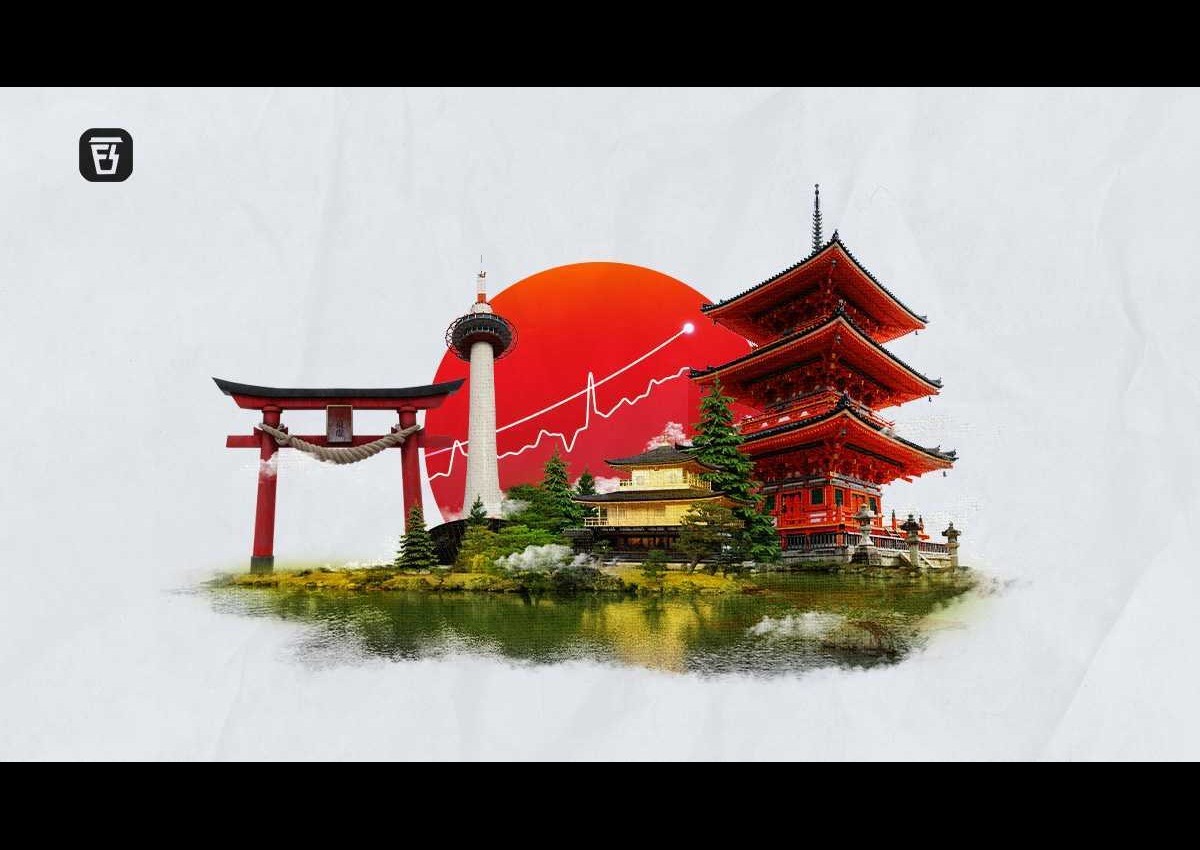18 Aug
nonがほしい & verbたいです | Minna no Nihongo | Lesson 13
### Expressing Desires in Japanese | Minna no Nihongo | Lesson 13
In Lesson 13 of "Minna no Nihongo," you'll learn how to express desires using two key structures: **非がほしい** (non ga hoshii) and **verbたいです** (verb-tai desu). These expressions allow you to convey what you want or desire in Japanese. Let’s break down each structure.
### 1. **非がほしい (Non ga hoshii)**
The structure **非がほしい** (non ga hoshii) is used to express a desire to have something, usually a noun. This is a straightforward way to indicate that you want a particular item or object.
#### **Structure:**
- **Noun + が + ほしいです** (hoshii desu)
#### **Examples:**
- **新しい車がほしいです。** (Atarashii kuruma ga hoshii desu.)
- I want a new car.
- **本がほしいです。** (Hon ga hoshii desu.)
- I want a book.
#### **Notes:**
- **ほしい (hoshii)** is used to describe the desire for things, not for actions.
- It’s important to remember that **ほしい** (hoshii) is typically used for items or objects, not for actions or events.
### 2. **Verbたいです (Verb-tai desu)**
The structure **verbたいです** (verb-tai desu) is used to express a desire to do something. This form is added to the stem of a verb to indicate that you want to perform that action.
#### **Structure:**
- **Verb Stem + たいです** (tai desu)
#### **Examples:**
- **日本へ行きたいです。** (Nihon e ikitai desu.)
- I want to go to Japan.
- **映画を見たいです。** (Eiga o mitai desu.)
- I want to watch a movie.
#### **Notes:**
- **たい (tai)** is attached to the verb stem to express the desire to perform the action.
- When using this form, the verb **たい** is conjugated similarly to adjectives:
- **Present Positive:** **verb-stem + たいです** (tai desu)
- **Present Negative:** **verb-stem + たくないです** (takunai desu)
- **Past Positive:** **verb-stem + たかったです** (takatta desu)
- **Past Negative:** **verb-stem + たくなかったです** (takunakatta desu)
### Practical Examples
1. **Expressing Desires for Objects:**
- **非がほしい (Non ga hoshii):**
- **新しいパソコンがほしいです。** (Atarashii pasokon ga hoshii desu.)
- I want a new computer.
- **高い靴がほしいです。** (Takai kutsu ga hoshii desu.)
- I want expensive shoes.
2. **Expressing Desires for Actions:**
- **Verbたいです (Verb-tai desu):**
- **旅行に行きたいです。** (Ryokō ni ikitai desu.)
- I want to go on a trip.
- **料理を作りたいです。** (Ryōri o tsukuritai desu.)
- I want to cook.
### Summary
- **非がほしい (Non ga hoshii)** is used to express a desire to have or obtain something.
- **Verbたいです (Verb-tai desu)** is used to express a desire to do something.
By using these structures, you’ll be able to clearly convey your wants and desires in Japanese, whether you’re talking about objects or actions. Practice these expressions to become more comfortable with expressing your desires in various contexts. Happy studying!










